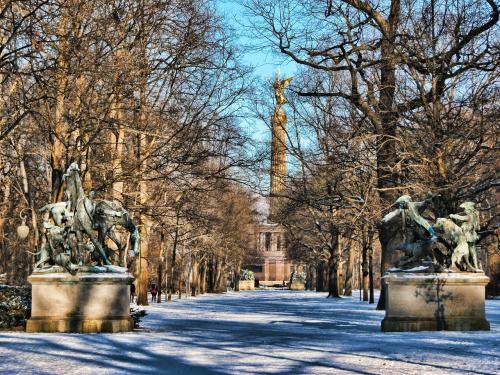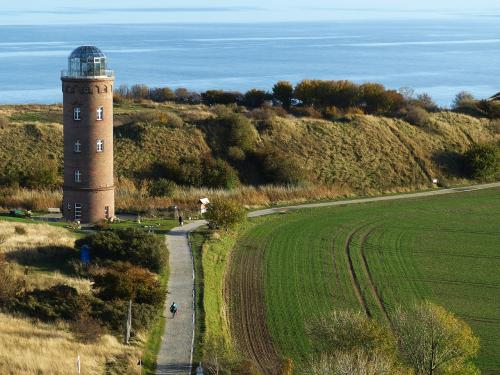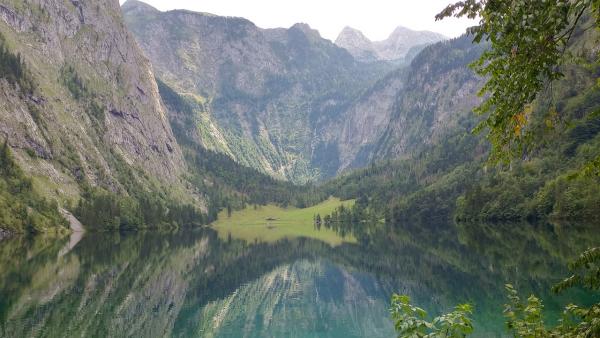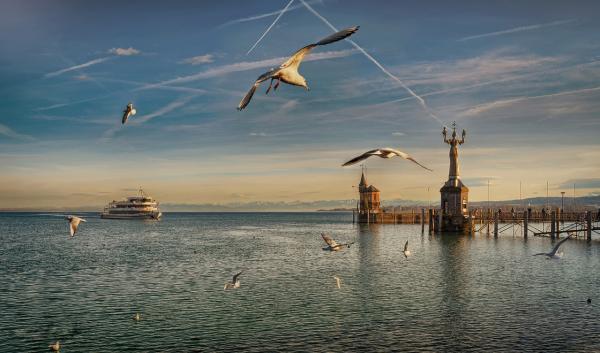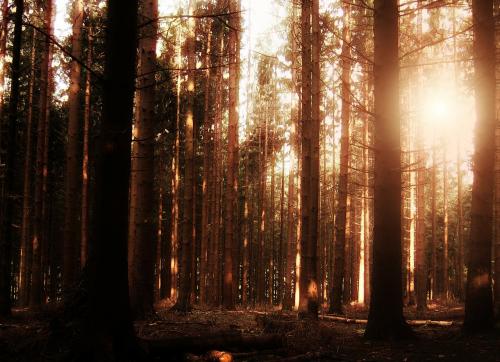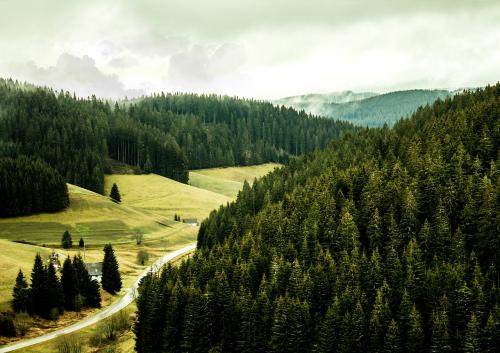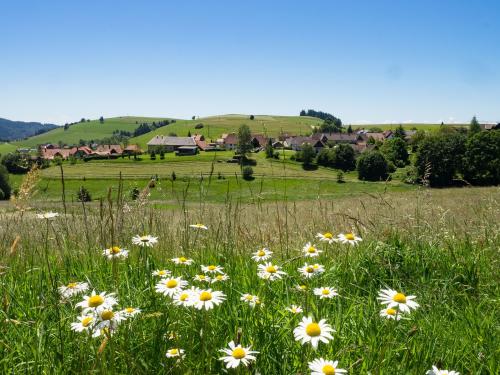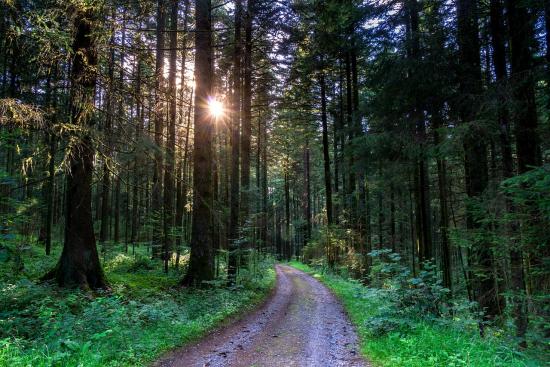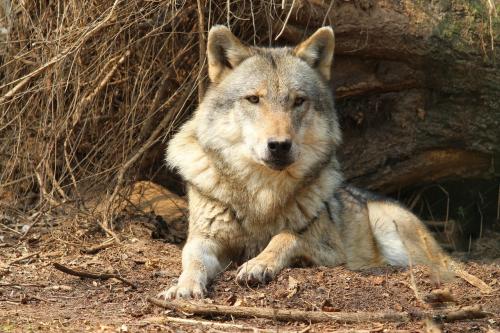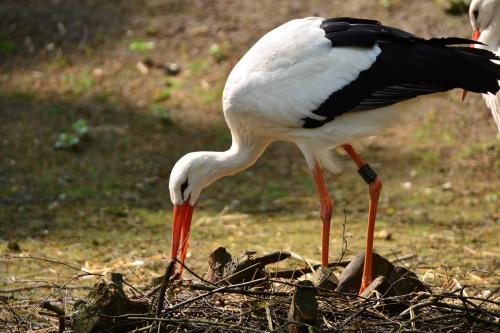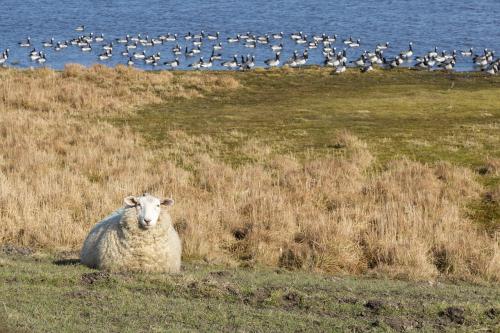Nature of Germany
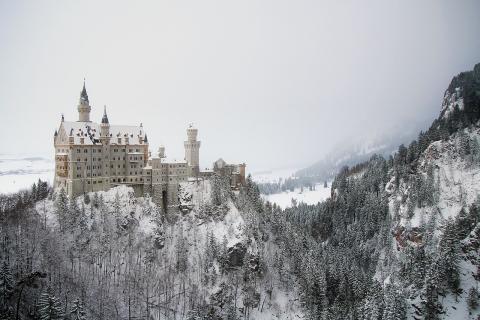
Northern part of Germany is plain. It is washed by the North Sea from west and by the Baltic Sea from East. Central portion lies on foothills of Alps and southern part is mountainous region. Weather conditions of regions vary due to such variety of reliefs.
Germany has temperate climate with regions of maritime in northern coasts and continental in southern part. Features of relief, variety of climatic conditions and global location of the country lead to shifty weather. Shift of weather may occur within one day when sunny and warm weather become cool and rainy in matter of hours. Naturally highlands and mountains are cooler and more humid than plain territories.
Places in Germany
Germany is the land with magnificent nature and greatest personalities. Mild climate, developed culture and diverse nature attract millions of tourist each year. Lakes, mountains, seas, rivers and cities provide entertainment for every visitor.
Tiergarten Park
Among perks of Berlin Tiergarten is the biggest. It occupies area of 2.1 km2 (0.7 sq. mi.) with lake and river. The park provides fresh air, shade and place for picnic. There are lots of sights and attractions in Tiergarten. In winter some of ponds are turning into skating rinks.
Rugen Island
Only in 3 km (1.8 mi.) to north from continental Germany in the Baltic Sea there is Rugen Island. It is considered as the biggest German island with area of 926 km2 (357 sq. mi.) with picturesque fishermen villages, resorts, beaches and two national parks. Chalk cliffs of Jasmund National Park re one of the most famous sights of the island.
Lake Königssee
In 160 km (99 mi.) from Munich there is one of the most beautiful sights of Germany. Emerald-green Königssee is situated in Alps and on 600 m (1968 ft.) a. s. l. It is surrounded by picturesque mountain ranges, alpine meadows and lush woods. Water in Königssee is cleanest among other lakes. Thawing snows, spring and waterfalls are filling the lake.
Lake Constance
Near borders of Germany, Austria and Switzerland there is Lake Constance. It is famous because of its garden-island Mainau. Baroque park and gardens of the castle are surrounded by lake and untouched nature.
Black Forest
Lush tall firs are creating unique landscape. Mysterious Black Forest is the place where Danube River is born. Among mossy rocks, old firs and deep lakes there are loquacious springs and rivers with tallest waterfalls.
Flora of Germany
Although up to 30% of the country is covered by forests most of them were planted. Most of woods are on the Middle German Upland with prevailing coniferous trees of pines and firs. In mountains they are mixing with broad-leafed beeches, oaks and hornbeams. River valleys are covered by bottomland forests of willows and poplars.
North-western and southern parts of plain territory have the least amount of woods while mountainous territories along with Frankfurt district and adjacent territories of Neubrandenburg and Potsdam districts have above average woodiness.
There are lots of coniferous trees. Pines are prevalent in northern territories and firs are widespread in central and southern lands. In regions elevated above 2800 m (6561 ft.) a. s. l. there are grassy plants, mosses and lichens. Flowering plants are especially diverse. In Danube river valley grows steppe vegetation; south-west is covered by Mediterranean plants while on Alpine Foreland there are peat bogs.
Fauna of Germany
There are not much animals in Germany. Most common mammals are boars and foxes, red and roe deers, fallow deers, hares and rabbits, squirrels and various murine rodents. Alpine meadows are populated by marmots and Elbe river valley is inhabited by beavers, wild cats and martens. Reptiles are even fewer and represented only by viper.
Variety of birds is wider. Among most widespread species there are sparrows, starlings, woodpeckers, blackbirds, cuckoos, finches, swallows, orioles, owls, magpies, harriers, pheasants and partridges. N preserves Germans manages to keep bustards, eagle-owls, tawny eagles, herons, cranes, storks. Wading birds such as woodcocks, lapwings, snipes and white storks are there too.
Humid coastal regions of the North and The Baltic Seas are crucial for European migratory birds especially ducks and geese. Coastal waters are home for herring, cod, flounder and sea bass while in rivers there are carp, trout and catfish.
 Seasons of the Year
Seasons of the Year 